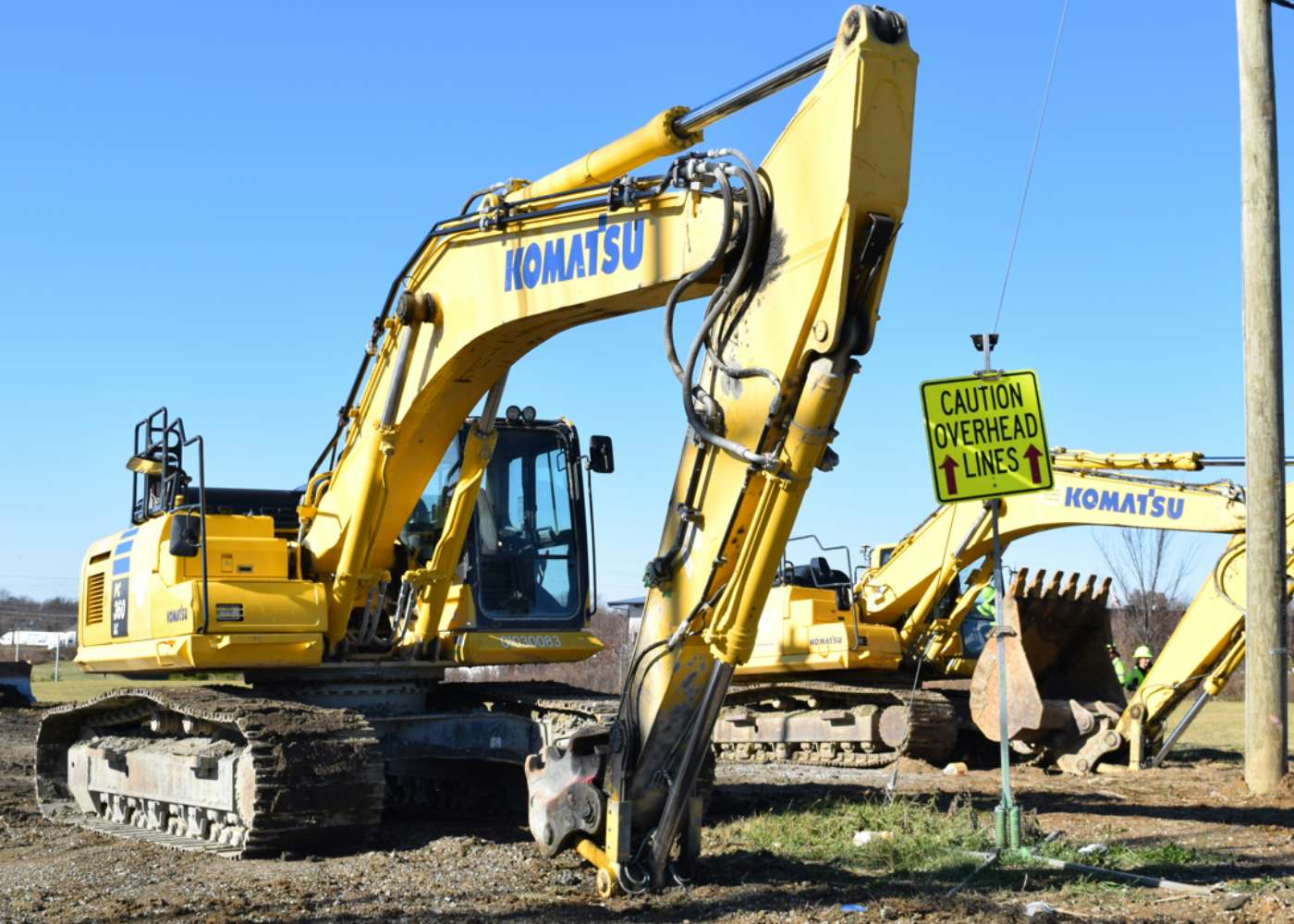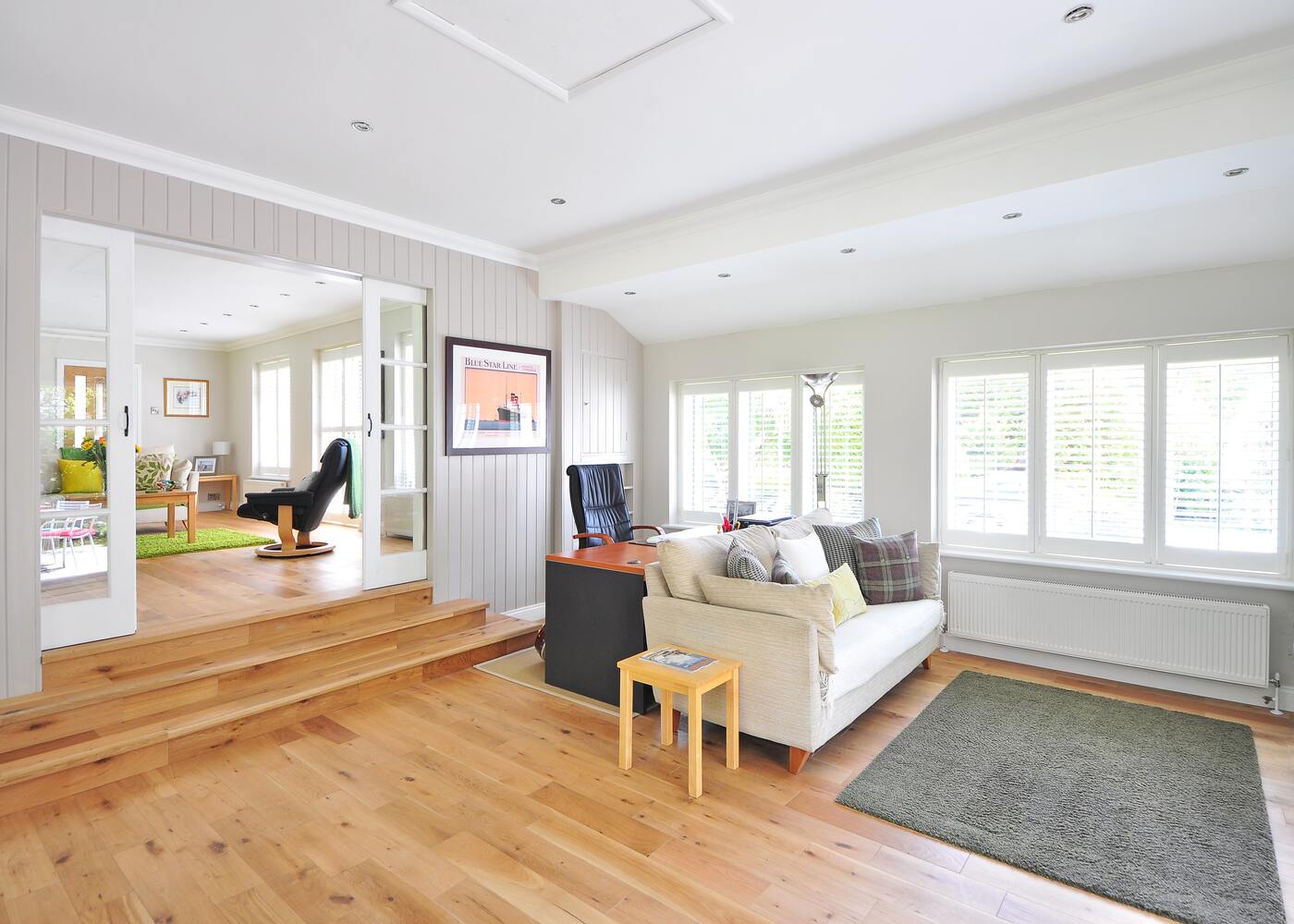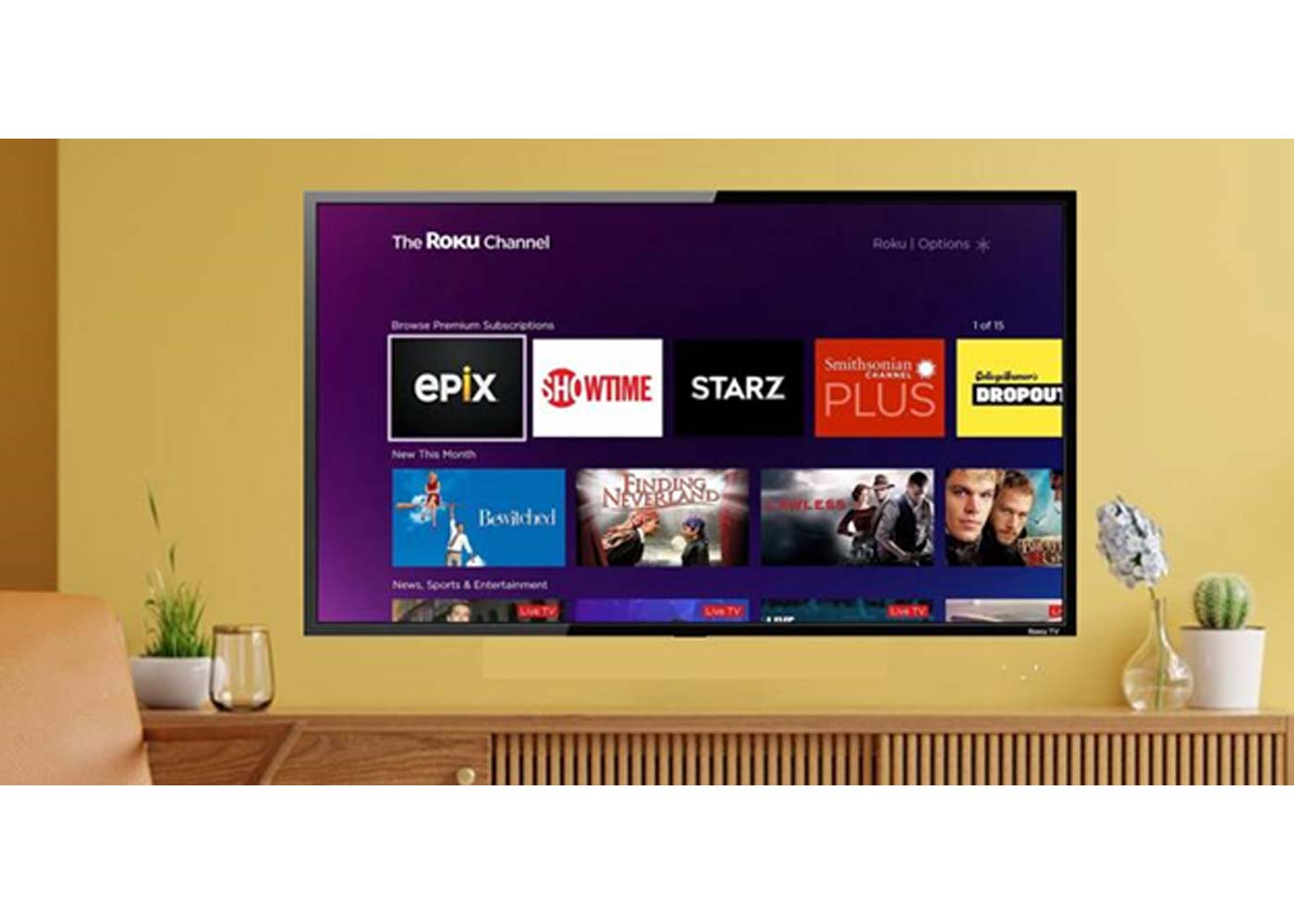Optimize Heating, Ventilation, and Air Conditioning (HVAC) Systems

Improving energy efficiency in commercial buildings is
beneficial for the environment, results in significant cost savings, and
improves occupant comfort. Implementing effective strategies can reduce energy
consumption, lower utility bills, and a smaller carbon footprint. Here are five
strategies to enhance energy efficiency in commercial buildings.
Conduct an Energy Audit
The first step in enhancing energy efficiency is to conduct
a comprehensive energy audit. This process involves evaluating the current
energy usage of the building and identifying areas where improvements can be
made. An energy audit typically includes:
1. Analyzing Energy Bills: Reviewing past utility bills to
understand usage patterns and identify any anomalies.
2. Inspecting Building Equipment: Examining HVAC systems,
lighting, insulation, and other equipment to assess their efficiency and
condition.
3. Identifying Energy Wastes: Detecting sources of energy waste
such as air leaks, outdated appliances, and inefficient lighting.
4. Evaluating Occupant Behavior: Understanding how occupants use energy in the building and identifying opportunities for behavioral changes.
An energy audit provides a detailed understanding of the
building's energy performance and forms the basis for developing an action plan
to improve efficiency. It involves thoroughly examining energy consumption
patterns, identifying areas with potential for energy savings, and recommending
cost-effective measures. Building owners can reduce energy costs, lower their
carbon footprint, and enhance overall sustainability by implementing these
measures.
Upgrade HVAC Systems
Heating, ventilation, and air conditioning (HVAC) systems
account for significant energy consumption in commercial buildings. Upgrading
to more efficient systems can lead to substantial energy savings. Key steps
include:
1. Installing High-Efficiency Units: Replacing old HVAC units
with high-efficiency models that consume less energy while providing better
performance.
2. Implementing Zoning Systems: Dividing the building into
different zones with independent temperature controls to ensure heating and
cooling are provided only where needed.
3. Regular Maintenance: Conduct regular maintenance checks
to keep HVAC systems running efficiently and prevent energy wastage due to
faulty components.
4. Use of Renewable Energy: Incorporating renewable energy sources, such as solar panels or geothermal systems, can further reduce the building's reliance on traditional energy sources.
Integrating a commercial heat pump into the HVAC system can
further enhance energy efficiency. Commercial heat pumps transfer heat from one
place to another, using less energy than traditional heating and cooling
methods. They are particularly effective in moderate climates and can provide
both heating and cooling solutions, making them a versatile and
energy-efficient option.
Optimize Lighting Systems
Lighting is another major contributor to energy consumption
in commercial buildings. Optimizing lighting systems can lead to significant
reductions in energy use. Effective strategies include:
1. Switching to LED Lighting: Replacing incandescent and
fluorescent bulbs with LED lights consumes less energy and has a longer
lifespan.
2. Installing Occupancy Sensors: Using sensors to automatically
turn off lights in unoccupied areas, reducing unnecessary energy use.
3. Maximizing Natural Light: Designing spaces to optimize the
use of natural light, reducing the need for artificial lighting during the day.
This can be achieved through the strategic placement of windows, skylights, and
reflective surfaces.
4. Implementing Lighting Controls: Installing dimmers and timers to adjust lighting levels according to occupancy and daylight availability.
Implementing these measures reduces energy consumption and
enhances the overall lighting quality and comfort within the building. By
incorporating energy-efficient lighting systems and optimizing natural light
usage, we create a more sustainable environment that benefits both the
occupants and the planet. Additionally, improved lighting can boost
productivity, mood, and well-being, making the space more inviting and
functional.
Improve Insulation and Building Envelope
A well-insulated building envelope—including walls, roofs,
windows, and doors—prevents heat loss in winter and heat gain in summer,
resulting in lower energy consumption for heating and cooling. Key measures to
improve the building envelope include:
1. Upgrading Insulation: Adding or upgrading insulation in
walls, roofs, and floors to improve thermal resistance and reduce energy loss.
2. Sealing Air Leaks: Identifying and sealing gaps, cracks, and
openings that allow air to escape, ensuring that conditioned air remains inside
the building.
3. Installing Energy-Efficient Windows and Doors: Replacing
single-pane windows and poorly insulated doors with energy-efficient
alternatives that provide better thermal performance.
4. Utilizing Cool Roofing: Choosing reflective roofing materials to reduce heat absorption and cooling needs.
These improvements enhance air quality and temperature
regulation, contributing to a more comfortable indoor environment.
Additionally, they help reduce the demand for HVAC systems, leading to increased
energy efficiency and lower utility costs. These upgrades ensure a healthier
and more sustainable living space by optimizing the performance of heating,
ventilation, and air conditioning.
Implement Smart Building Technologies
Smart building technologies leverage advanced sensors,
automation, and data analytics to optimize energy use and improve building
performance. Implementing these technologies can significantly enhance energy
efficiency. Key smart building solutions include:
1. Building Management Systems (BMS): Integrating a BMS to
monitor, control, and optimize building systems such as HVAC, lighting, and
security. A BMS can automate processes based on occupancy, weather conditions,
and energy prices, ensuring efficient operation.
2. Energy Management Software: Using software tools to track
energy consumption in real-time, identify trends, and generate actionable
insights for reducing energy use.
3. Smart Thermostats: Installing smart thermostats that learn
usage patterns and adjust temperatures accordingly, reducing energy consumption
without compromising comfort.
4. Occupant Engagement Platforms: Engaging building occupants through online platforms or mobile apps, allowing them to monitor and control their energy use. This can promote behavioral changes and encourage sustainable practices.
Adopting smart technologies enables proactive management of
energy use by providing real-time data and insights, which helps identify
inefficiencies and optimize consumption. Additionally, it facilitates
continuous improvement in building performance through automated systems and
advanced analytics, ensuring sustainability and cost-effectiveness over time.
Enhancing energy efficiency in commercial buildings requires
a multifaceted approach addressing various aspects of energy consumption.
Conducting an energy audit, upgrading HVAC systems, optimizing lighting,
improving insulation, and implementing smart building technologies are all
effective strategies to achieve significant energy savings. Building owners and
managers can reduce operational costs, enhance occupant comfort, and contribute
to environmental sustainability by investing in these measures.
Incorporating a commercial heat pump as part of the HVAC
upgrades can provide additional benefits by offering a highly efficient and
versatile solution for both heating and cooling needs. Overall, prioritizing
energy efficiency leads to long-term financial and environmental gains, making
it a worthwhile investment for any commercial building. For more information,
contact a manufacturer like Dalrada Climate Tech.












